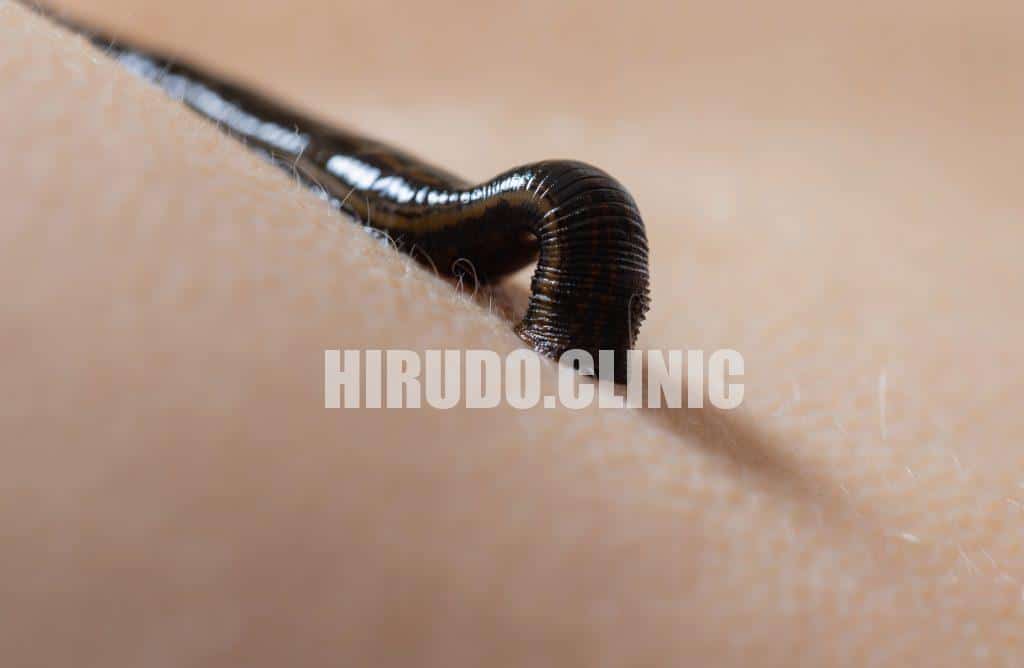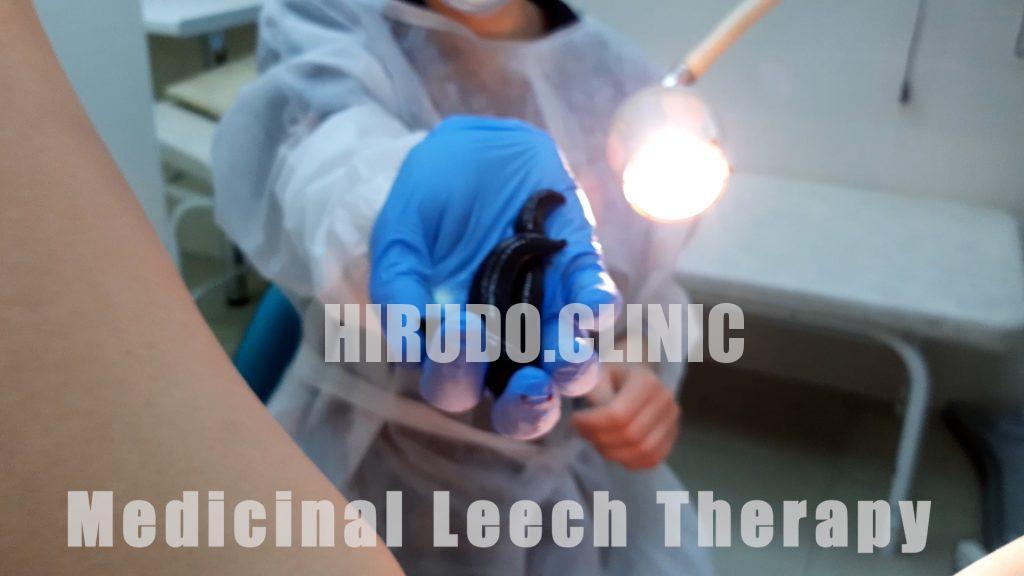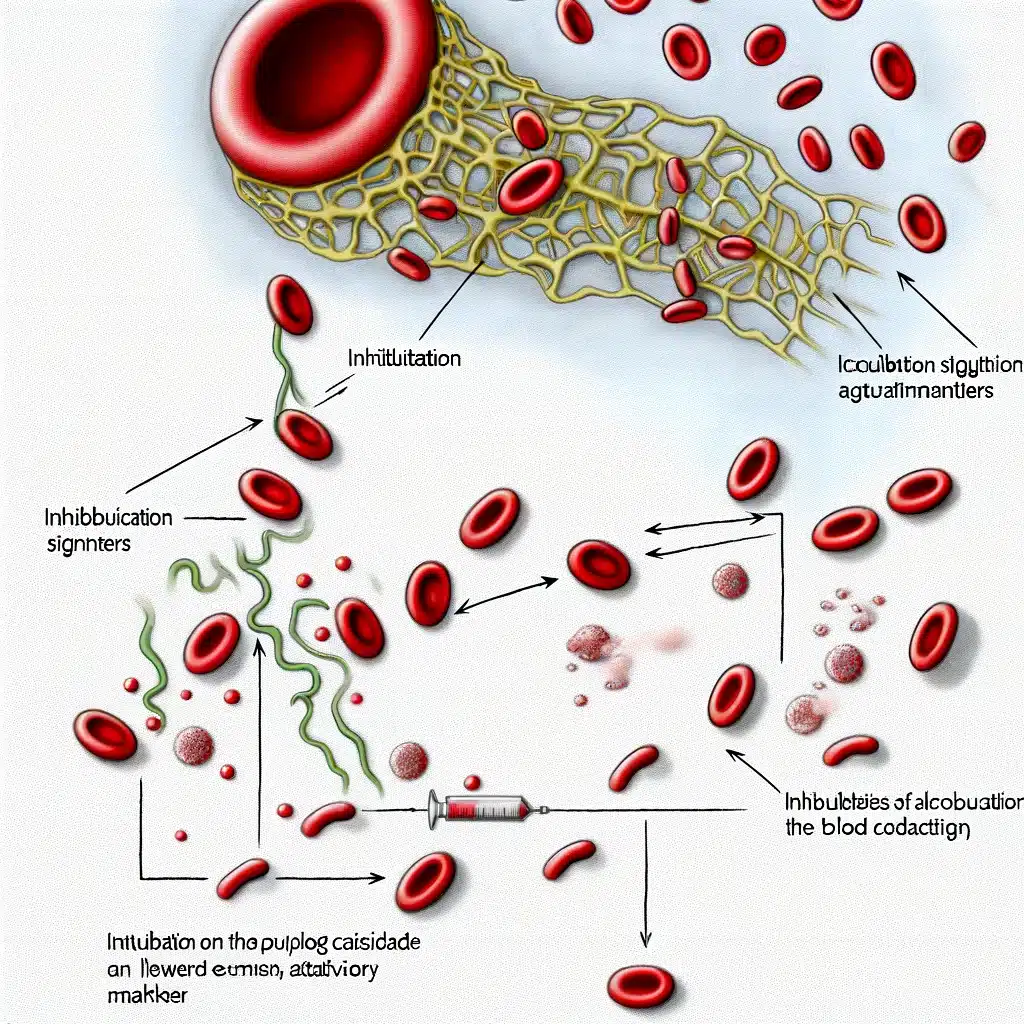
Re-awakening the Feminine Cycle with Intravaginal Hirudotherapy
A time-honoured practice meets modern women’s health
For thousands of years, physicians from the courts of ancient Egypt to the rural healers of Tsarist Russia turned to the humble medicinal leech to restore balance where blood and energy had grown stagnant. Today, certified hirudotherapists are reviving that legacy—applying carefully bred, sterile Hirudo medicinalis to the vaginal vault and perineum in women whose cycles have faded or ceased.
Micro-circulatory “reset.”
Improved perfusion nourishes dormant follicles and can stimulate a modest rise in oestrogen. Some perimenopausal clients report a return of light, orderly menses within three to six sessions.
- Local detox & anti-microbial action.
What does a course look like?
- Assessment & consent. A gynaecological exam (ultrasound and PAP/HPV within the year) rules out contraindications such as large fibroids, active infection, or bleeding disorders.
- Series of 5–10 sessions. Two to four leeches are placed on designated vaginal points every 7–10 days. Each feeding lasts 15–30 minutes; the animal is then painlessly detached and disposed of according to medical-waste protocols.
- Supportive care. Warm sitz baths with oak-bark or chamomile, iron-rich nutrition, and gentle pelvic floor exercises amplify results.
Safety first—know the limits
While complications are rare in trained hands, prolonged bleeding, secondary infection, or severe anaemia have been documented when leeches were applied improperly or allowed to migrate unchecked.
- Certified medical leeches, single use only
- Post-session monitoring of haemoglobin and coagulation if you are prone to heavy loss.
Clinical evidence remains preliminary. Reports of cycle “re-boosting” are promising but derive largely from small case series and decades of empirical practice; large, controlled studies are still needed. Consult your physician before beginning any complementary therapy, especially if you are post-menopausal, on anticoagulants or trying to conceive.
Honouring tradition, embracing possibility
Intravaginal hirudotherapy stands at the crossroads of old-world wisdom and cutting-edge biochemical insight. For women navigating the whispers of an ebbing cycle, it may offer a gentle, nature-born nudge toward renewed hormonal harmony—provided it is pursued with respect, caution and professional guidance.
Leech therapy & Intravaginal bleeding
For centuries, healers have placed live medicinal leeches inside the vagina to draw blood. Moreover, these leeches release bioactive secretions—hirudin, calin, and others. Practitioners believed these compounds improved local circulation and promoted healing in gynecological conditions. However, unqualified application can cause prolonged bleeding; consequently, it may also lead to infection, hypovolemic shock, anemia, and allergic reactions. Patients should seek trained professionals when considering leech therapy.

Case study
In the presented case, a 40-year-old woman underwent intravaginal application of 11 leeches at a traditional medicine center and removed them after about six hours. Two days later she experienced heavy, unremitting vaginal bleeding accompanied by lower abdominal pain. On arrival to the emergency department, she was pale, tachycardic (110 bpm) and hypotensive (90/60 mmHg), with active bleeding foci and clots visible on pelvic examination. Initial management included aggressive intravenous fluids (2–3 L saline), consideration of blood transfusion, prophylactic antibiotics, and analgesia. Persistent bleeding was ultimately cauterized under gynecological consultation, after which her bleeding resolved.

She was observed for 24 hours, discharged with instructions to avoid tampons and intercourse for four weeks, and advised to follow up with her primary care physician for counseling on traditional therapies.
Hirudotherapy for Menopause Symptoms Management
Although intravaginal leech therapy may improve microcirculation, vaginal mucosal trauma and the potent anticoagulants in leech saliva can precipitate serious, prolonged bleeding that might not be evident on standard coagulation tests. Management ranges from simple compression and observation in mild cases to cautery, ligation or even hysterectomy for severe hemorrhage.
Leech therapy for women’s health
Healthcare providers should be aware of these potential complications, educate patients on the dangers of unregulated traditional treatments, and encourage prompt medical evaluation for any adverse effects. Further research is needed to clarify bleeding mechanisms and develop standardized guidelines for safe leech therapy practices.

